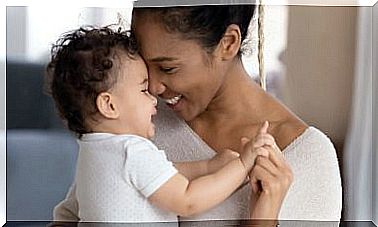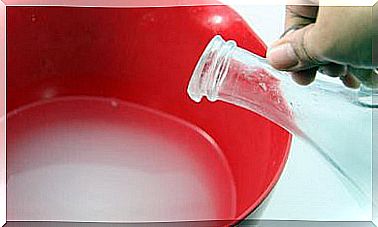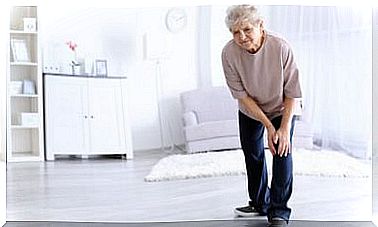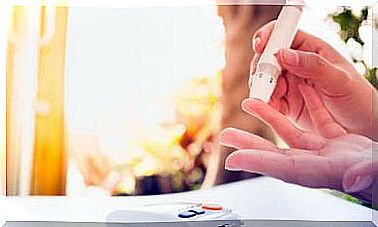Hyperopia In Children: How To Detect It?
Farsightedness in children is a common vision disorder, since in most cases it tends to appear in childhood. This is because it has a hereditary component. It is a refractive error that consists of blurred vision of nearby objects.
Physiologically, many children have mild hyperopia at birth. However, with growth, this situation corrects itself before adolescence. However, when it does not improve, it is a permanent defect. In addition, if it is very high, it may be associated with strabismus or amblyopia.
How to detect hyperopia in children: the symptoms
In order to detect hyperopia in children, like any other visual defect, the first thing is to pay attention to the symptoms. We must bear in mind that infants do not know how to express themselves in the same way as adults.
In addition, the signs will be more or less clear depending on whether the disorder is high-grade or low-grade. This means that, in some cases, it can become asymptomatic. When we are facing a serious defect, the main symptom is blurred vision when focusing on nearby objects.
In this way, a very characteristic gesture is that the child, in order to see, will move the objects away from himself. As they get older, it is easier to appreciate certain things, such as the redness of the eyes after reading or writing.
Many of the children complain of headaches, especially right after leaving school. Also, by not being able to read correctly, they may have poor school performance.
Some of them present convergent strabismus. It is a situation in which one or both eyes turn inward. Hyperopia in children is also associated with recurrent styes and sensitivity to light.
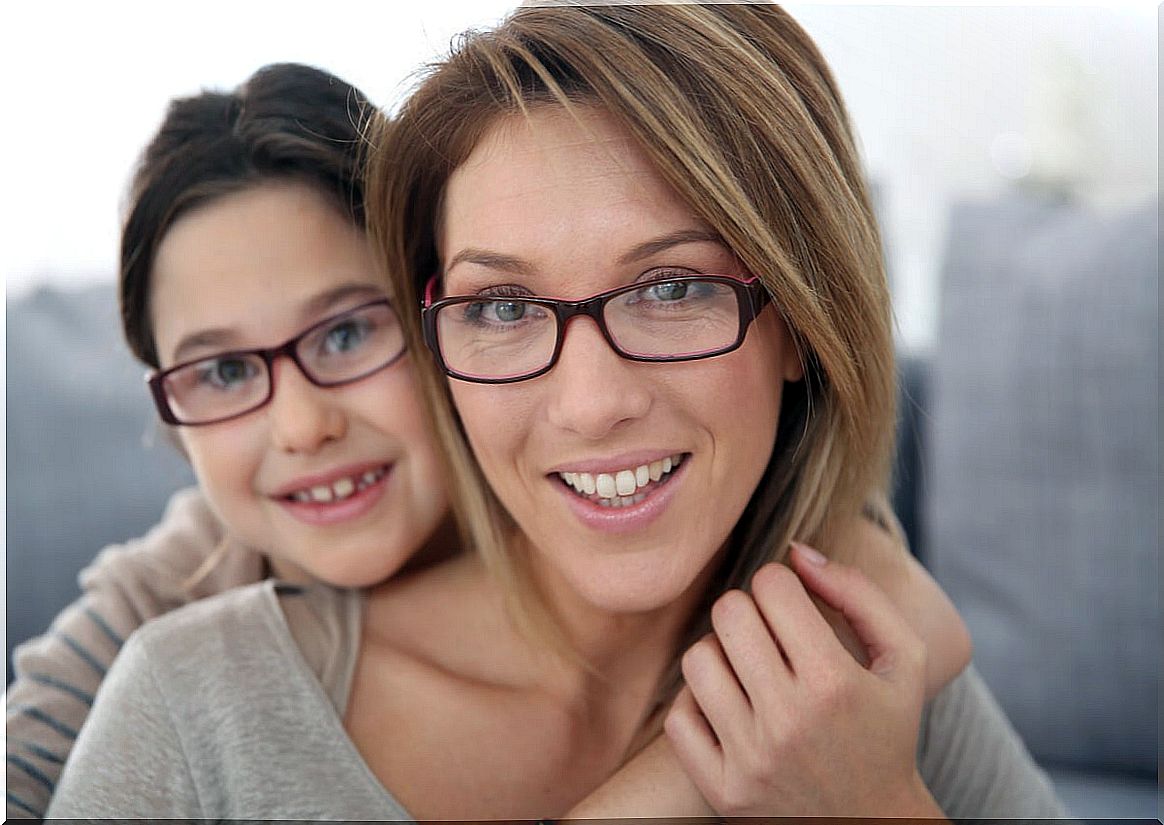
Diagnosis of hyperopia in children
An eye exam is needed to accurately diagnose hyperopia in children. It should include a study of all parts of the eye and also an evaluation of refraction. The best thing is that the diagnosis is made by both ophthalmologists and opticians.
Step one: measure visual acuity
When the child is less than 2 years old, it is difficult to measure his visual acuity. Even so, in cases where it is necessary to do so, techniques similar to those used in the elderly can be used. For example, at 2 or 3 months of age they are already able to follow an object with their eyes.
From the age of three, the same tests are used as in adults. Visual acuity is measured by means of optotypes, which are tables that are printed with letters, numbers and figures in different sizes, previously determined, which are cataloged in tenths of vision.
The optotypes are adapted according to the child’s ability, so that he can express what he is seeing. In this way, different tests have been designed depending on age:
- The Pigassou test is carried out in children under 4 years of age. They are simple drawings that are easily recognized.
- Between 4 and 5 years of age, the Snellen E and Landolt C tests are used. In them, the only thing that the infant must indicate is the orientation of the symbol in question.
- From that age, as soon as they already know the alphabet, the optotypes are letters, as in adults.
Any of them follow the same scheme. The vision of each eye should be measured separately, covering the other eyeball. Once this is done, the boards are placed about 40 centimeters away from the child.
Second step: cycloplegia
Accommodation is the process by which the lens manages to focus on objects, thanks to the action of a muscle found inside the eye: the ciliary muscle. When this process cannot be carried out, it is said that there is cycloplegia.
In this way, people with cycloplegia are unable to clearly distinguish nearby objects. The interesting thing is that ophthalmologists can induce, through eye drops, this situation. They do it to detect cases of hyperopia in children, but also other defects, such as amblyopia.

To remind
Farsightedness is a refractive error that makes the vision of nearby objects blurry. It is very common to detect it in children, because it has an important hereditary component.
In order to diagnose it, close attention must be paid to the infant’s gestures and symptoms. In addition, it is essential to go to the ophthalmologist for a complete eye examination, checking both visual acuity and any other possible defect in the eye.
The early approach reduces the long-term side effects of the disorder. Children who receive care improve their school performance and can participate in sports practices that are difficult for them to do in the presence of the defect.
